Unraveling the Wonders of Lactic Acid Fermentation
Sep 17, 2023 By Triston Martin
Advertisement
When you hear the term "fermentation," your mind might conjure images of bubbling yeast vats or the delightful effervescence of a well-aged wine. But have you ever thought about the tangy yogurt, crunchy pickles, or zesty sauerkraut you enjoy?
These delicious foods owe their unique flavors and preservation to a specific type of fermentation – Lactic Acid Fermentation. In this article, we will delve into the captivating world of Lactic Acid Fermentation, exploring its process, its products, and the ways it shapes the culinary delights we savor.
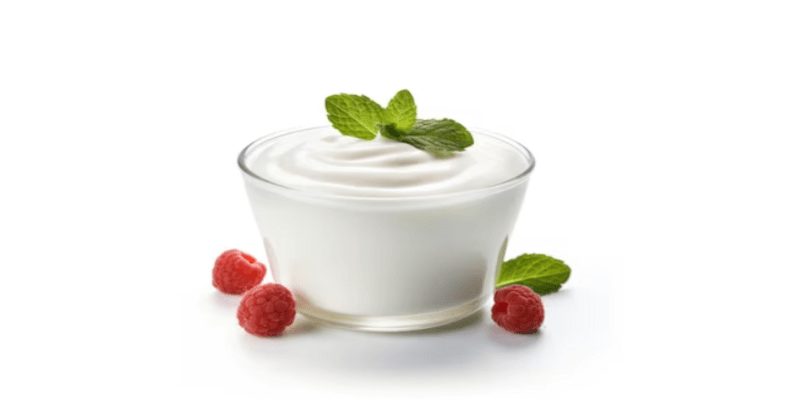
The Lactic Acid Fermentation Process
Let's dive right into the heart of the Lactic Acid Fermentation process. This natural transformation is carried out by lactic acid bacteria, tiny microorganisms that play a significant role in converting carbohydrates into lactic acid. The process is surprisingly simple and doesn't require the presence of oxygen, making it an anaerobic pathway.
Here's a breakdown of the process:
- Preparation: First, the raw materials, often vegetables or dairy, are cleaned and chopped. In the case of vegetables, their cell walls are broken down, aiding in the release of sugars.
- Fermentation Medium: The raw materials are placed in a container where the magic begins. Lactic acid bacteria, which naturally exist on the surfaces of these foods or can be introduced through starter cultures, start their work.
- Sugar Conversion: The lactic acid bacteria feed on the sugars in the raw materials. They metabolize these sugars and convert them into lactic acid. This metabolic process is what gives Lactic Acid Fermentation its name.
- Acidic Environment: As lactic acid accumulates, it creates an acidic environment within the container. This acidic environment is crucial, as it prevents the growth of harmful bacteria, ensuring the safety and preservation of the food.
- Flavor Development: Apart from preservation, Lactic Acid Fermentation also contributes to the unique flavors of the end products. The tangy, slightly sour taste in yogurt or pickles results from the lactic acid produced during fermentation.
Lactic Acid Fermentation Products

The diversity of products that arise from this fermentation is truly astounding. This process isn't limited to a single outcome – it yields a range of foods enjoyed globally.
Yogurt: One of the most beloved Lactic Acid Fermentation products is yogurt. Dairy milk is fermented by lactic acid bacteria, transforming it into the creamy, tangy delight we all know. The live cultures in yogurt also offer potential health benefits for our gut.
Pickles: Crispy pickles owe their texture and taste to this type of fermentation. Cucumbers, or other vegetables, are submerged in a brine solution where lactic acid bacteria work their magic. Over time, the cucumbers undergo a delightful transformation, becoming pickles with a satisfying crunch and tang.
Sauerkraut and Kimchi: Cabbage-based sauerkraut and kimchi are iconic examples of Lactic Acid Fermentation. Lactic acid bacteria and other microorganisms break down the complex carbohydrates in cabbage, creating a flavorful and nutritious dish.
Cheese: The world of cheese wouldn't be the same without this fermentation. Bacteria are intentionally introduced to milk, curdling it and aiding in developing unique textures and flavors as the cheese matures.
Sourdough Bread: Even some bread owes its tangy flavor to Lactic Acid Fermentation. Sourdough starters host lactic acid bacteria, contributing to the bread's taste, texture, and improved shelf life.
Beneficial Impact on Health
Lactic Acid Fermentation isn't just about culinary delights; it also offers potential health benefits. The live cultures in fermented foods can contribute to a healthy gut microbiome. This, in turn, plays a crucial role in digestion and overall well-being. Additionally, the preservation aspect of this fermentation has been employed for centuries to store food without refrigeration or artificial preservatives.
Cultural Significance
Beyond its scientific and health-related aspects, Lactic Acid Fermentation holds cultural significance in various societies. Many traditional dishes and food practices involve this form of fermentation, passing down flavors and techniques through generations. From European sauerkraut to Asian kimchi, these foods are culinary delights and a part of cultural heritage.
The Art of Home Fermentation
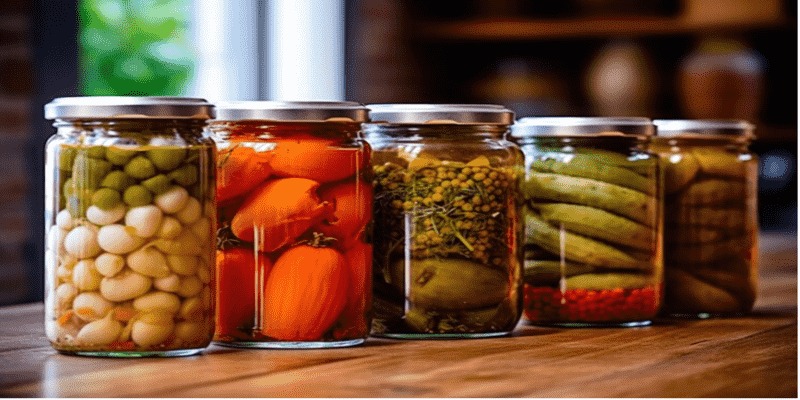
While industrial-scale Lactic Acid Fermentation produces the foods we find in stores, many individuals embrace home fermentation. Making yogurt, sauerkraut, or pickles can be a rewarding and creative experience. All it takes is the right raw materials, patience, and experimentation.
Conclusion
Lactic Acid Fermentation, often hidden behind the scenes, is a fascinating process that has shaped the foods we love. From the tangy yogurt that starts our mornings to the flavorful sauerkraut that accompanies our meals, Lactic Acid Fermentation is the unsung hero of our culinary experiences.
Its simplicity, combined with its transformative power, showcases the beauty of natural processes. So, the next time you savor a spoonful of yogurt or a bite of pickled goodness, take a moment to appreciate the science behind the tangy transformation.
Advertisement
-
 Feb 14, 2023
Feb 14, 2023Low-Calorie Desserts That You Must Try
Low-calorie desserts are a delicious and guilt-free way to enjoy a sweet treat. Some popular options include fruit sorbets, baked fruit with a sprinkle of cinnamon, Greek yogurt with fresh berries, and angel food cake with a drizzle of honey. Experiment with different flavors and ingredients to find the perfect low-calorie dessert. By choosing healthier options, you can enjoy a sweet ending to your meal without feeling the guilt of consuming too many calories.
-
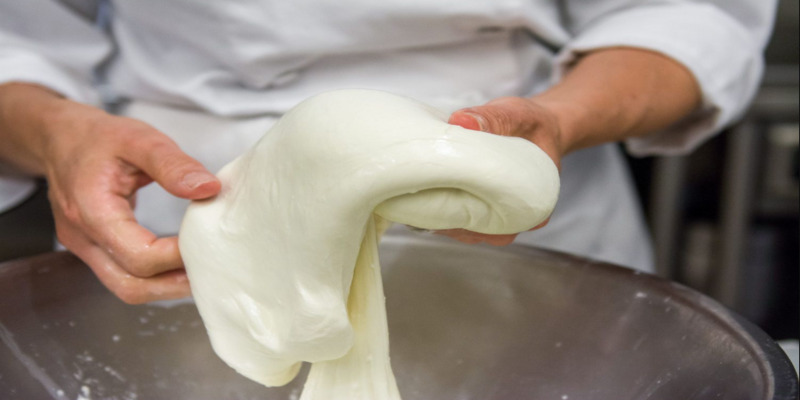 Sep 24, 2023
Sep 24, 2023Mastering the Art of Homemade Mozzarella Cheese: A Simple Mozzarella Recipe
Learn how to make Mozzarella cheese with this easy-to-follow Mozzarella recipe. Create creamy, fresh Mozzarella cheese right in your kitchen.
-
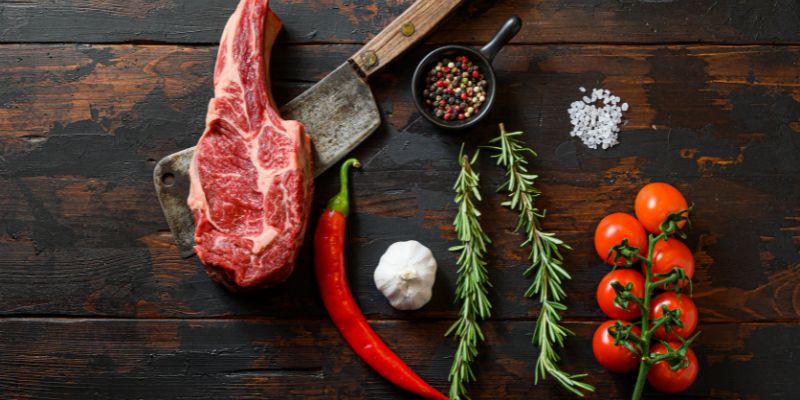 Sep 06, 2023
Sep 06, 2023How To Grill Delmonico Steak? A Step-By-Step Guide
Learn how to grill the perfect Delmonico steak with this easy step-by-step guide and master the techniques to make a perfectly grilled Delmonico steak at home.
-
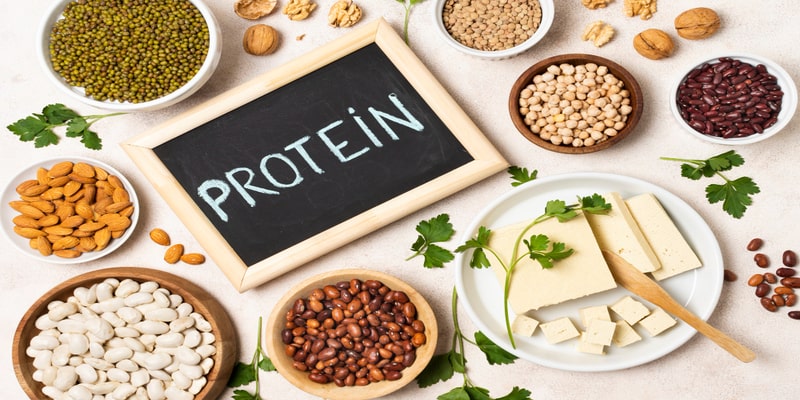 Sep 27, 2023
Sep 27, 2023Top 10 Natural Sources of Protein to Keep You in Best Shape
Are you looking for the best natural sources of protein? Discover the top 10 in our ultimate guide to stay in shape!
